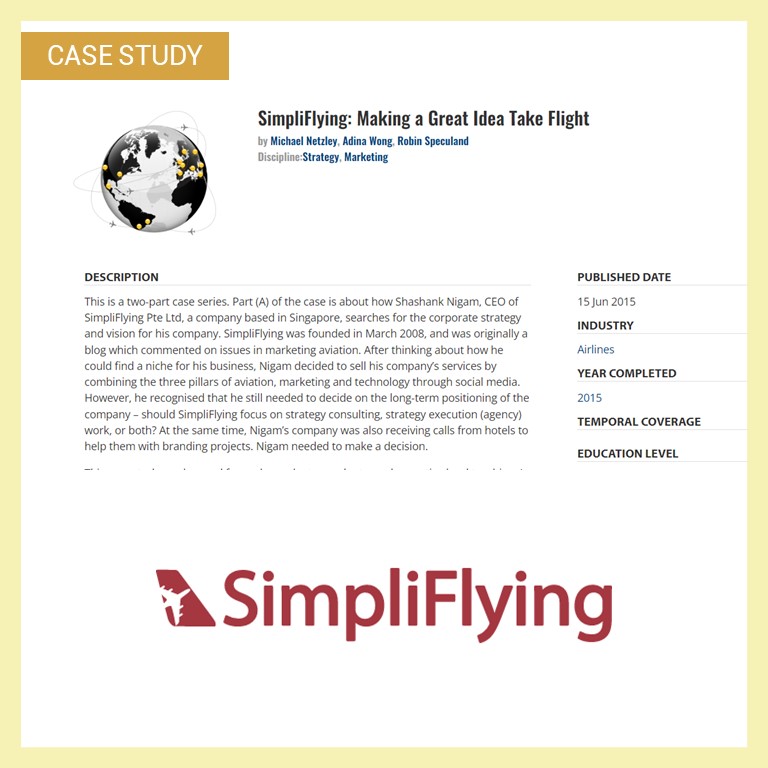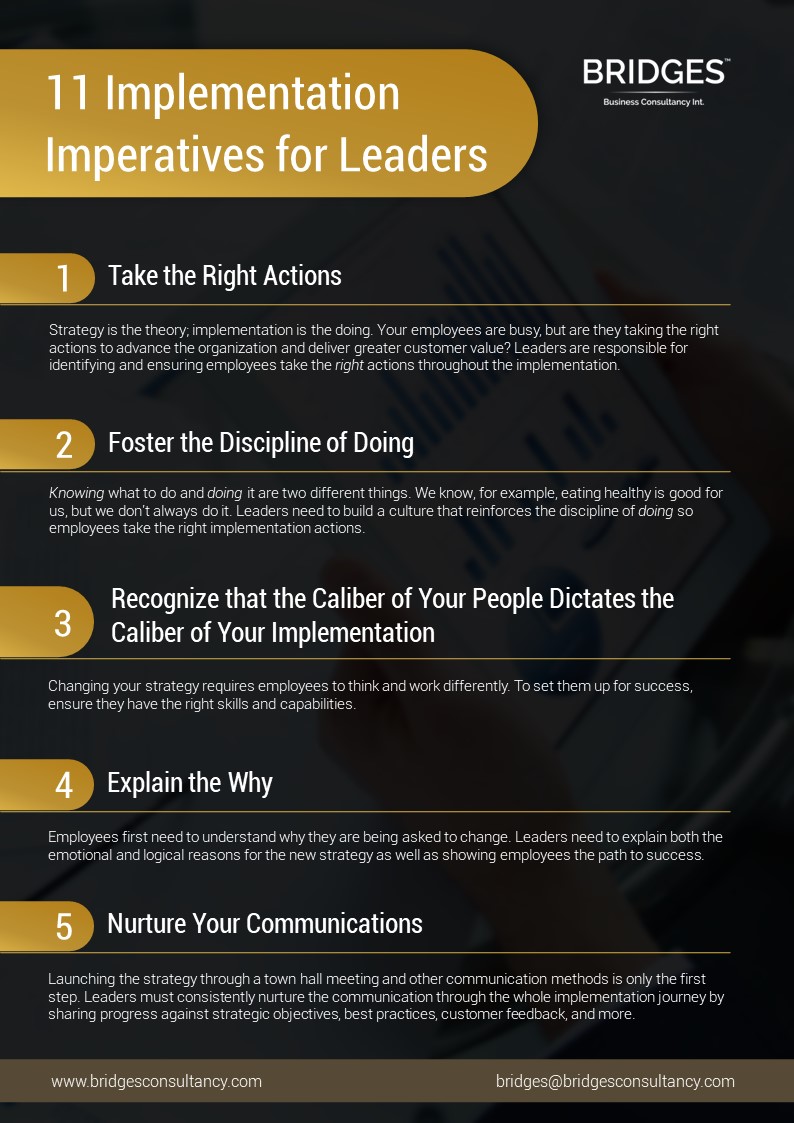Case Studies
Learn from the Best: Bridges’ case studies offer insight into best practices and common pitfalls in strategy and digital implementation for leaders.
We have published a number of Harvard Business School case studies in collaboration with Singapore Management University (SMU). The DBS case study – Digital Transformation To Become The Best Bank In The World, is the most popular SMU case study. Bridges case studies include:





“Strategy is about making the right choices. Implementation is about taking the right actions.”
“Strategy can be defined as the thinking and implementation as the doing.”
“Leaders are guilty of repeating the same implementation mistakes they have previously made.”
“Knowing and taking the right actions move organizations from strategy creation to strategy implementation.”
“You can outsource the crafting of a strategy but not its implementation.”




